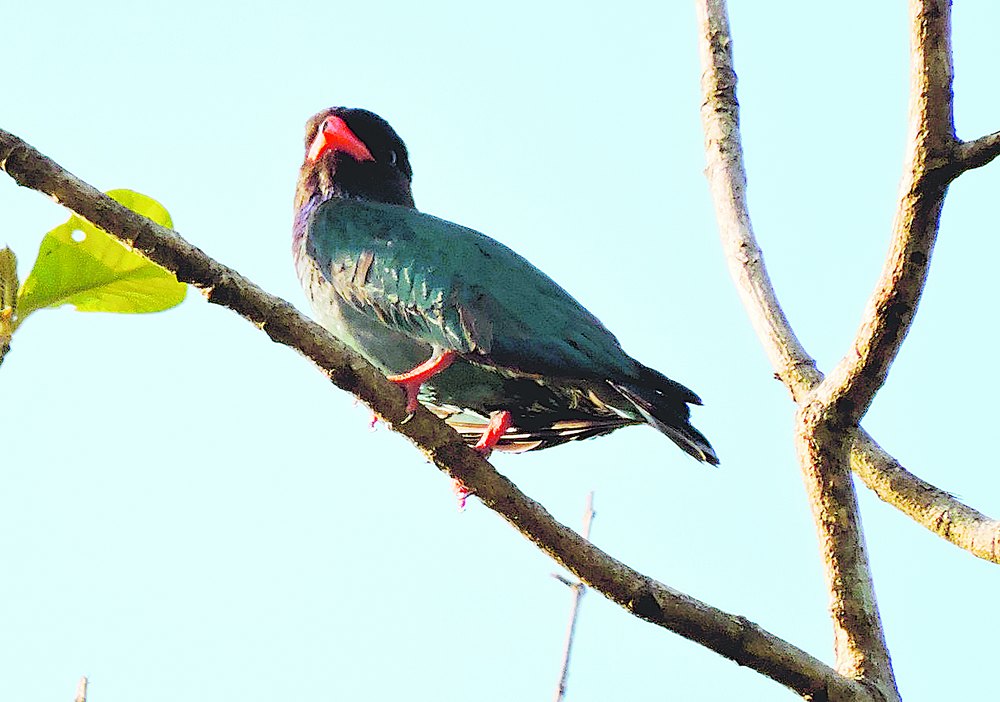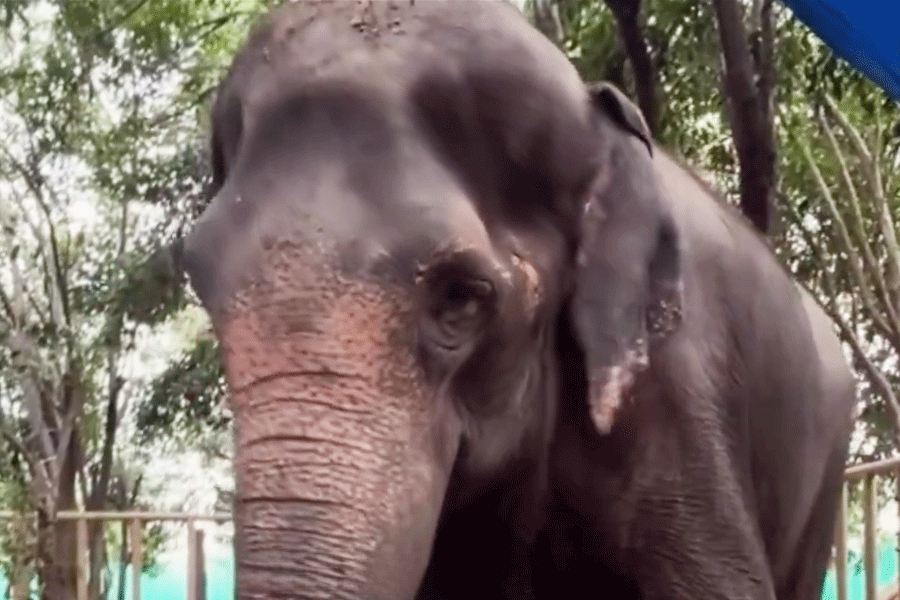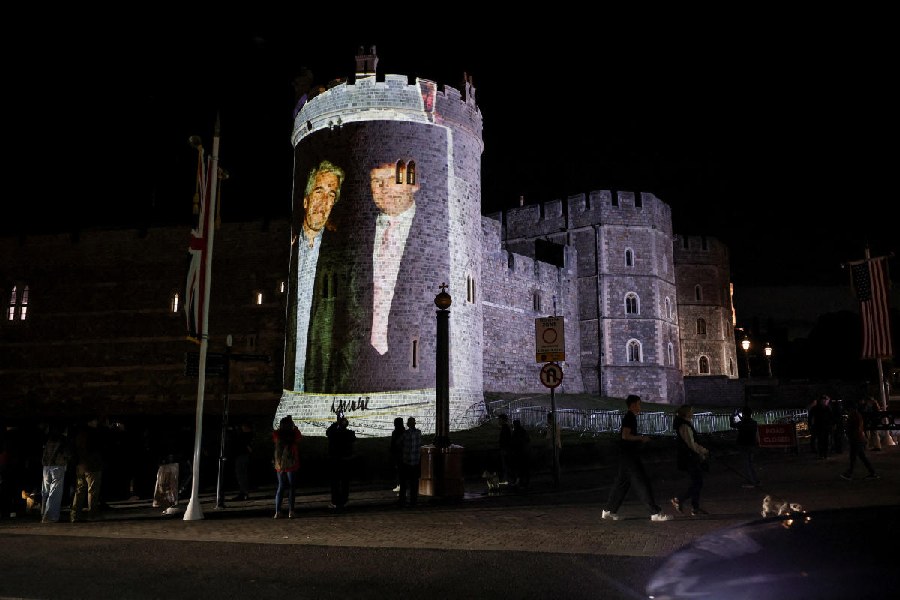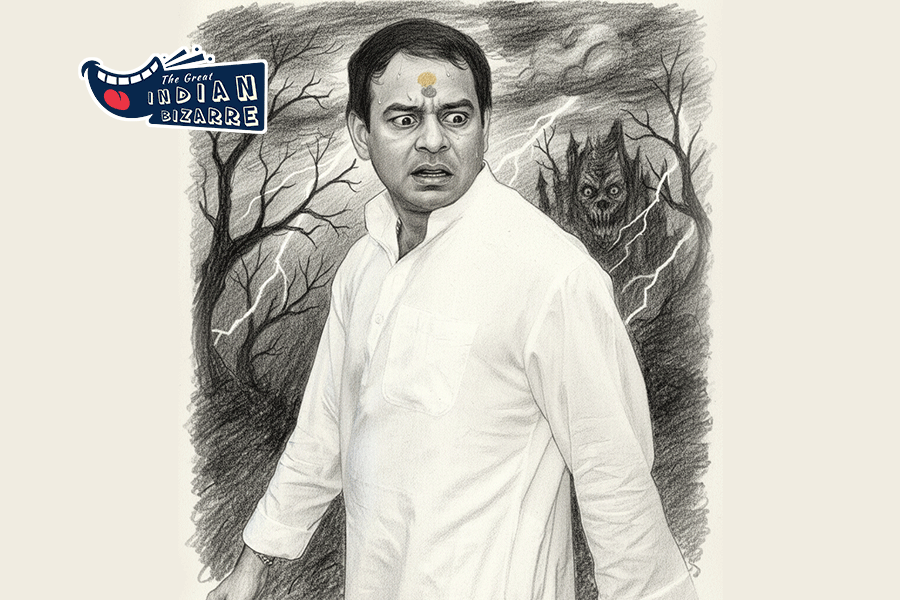
Cuttack, May 26: A dollarbird ( Euristomus orientalis) has been spotted for the first time in Odisha.
The bird - a small one of the roller family - is named so for the distinctive blue coin-shaped spots on its wings. According to experts, it is found in southwest Pacific and East Asia from northern Australia to the Japan archipelago and India.
A survey team of Wild Orissa, an organisation engaged in monitoring of presence of various bird species in the state, in collaboration with Indian Bird Conservation Network (IBCN), had spotted the dollarbird on May 18 in Berbara forests near Banpur in Puri district.
"The presence of dollarbird has never been reported from anywhere in Odisha in the past. This is the first recorded sighting of a dollarbird in the whole of central and eastern India," Wild Orissa secretary Monalisa Bhujabal said today.
"Previous sightings of the dollarbird in India were reported from the Northeast, western, central and eastern Himalayas, central and southwestern Ghats and the Andaman and Nicobar islands," she said.
"The identity of the bird has been confirmed from the observation of the physical characteristics and subsequent references to field guides and information data bases," she added.
The dollarbird is also known as oriental dollarbird or broad-billed roller or Asian broad-billed roller.
Medium sized rollers have a deep dark-brown head and neck that tapers into the bluish-green body plumage. The tips of the wings are dark-grey and the leading edge bluish violet, as is the throat. The tail is dark brown-grey. In-flight, a light blue patch shows in the primary flight feathers.
"The bill was stout, slightly down curved and conspicuously red with a tiny black tip. The legs and feet were also red," said Birakishore Bhujabal, a bird expert and member of the Wild Orissa survey team that spotted the dollarbird perched high on the bare branches of a tall tree.
Dollarbird is usually seen as a single bird with distinctive upright figure on a bare branch high in a tree, from which it seeks out insects and returns to the same perch after a while, said experts.
On January 21, the Wild Orissa bird survey team had spotted for the first time in Odisha a black-legged kittiwake (Rissa tridactyla) gull at a water tank on Balasore coast. With it, Odisha had joined select states in the country - Goa, Kerala, Maharashtra and Assam - which have reported this species.
According to experts, the black-legged kittiwake nests on coastlines and islands across much of the North Pacific and North Atlantic oceans, as well as on islands off the northern coasts of Russia, Norway, northern Canada, northern United States, Greenland and northern Europe.











